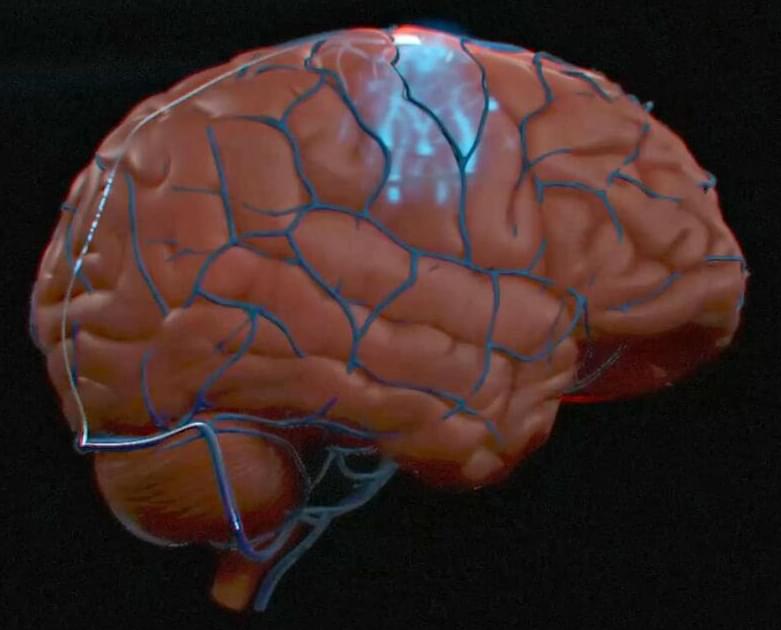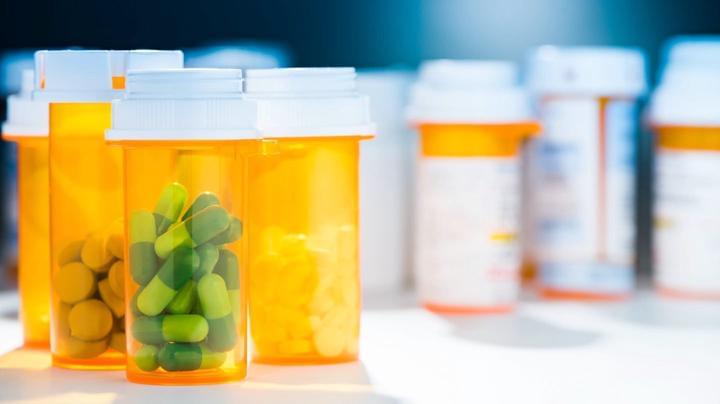Brain-computer interfaces have become a practical (if limited) reality in the US. Synchron says it has become the first in the country to implant a BCI in a human patient. Doctors in New York’s Mount Sinai West implanted the company’s Stentrode in the motor cortex of a participant in Synchron’s COMMAND trial, which aims to gauge the usefulness and safety of BCIs for providing hands-free device control to people with severe paralysis. Ideally, technology like Stentrode will offer independence to people who want to email, text and otherwise handle digital tasks that others take for granted.
Surgeons installed the implant using an endovascular procedure that avoids the intrusiveness of open-brain surgery by going through the jugular vein. The operation went “extremely well” and let the patient return home 48 hours later, according to Synchron. An ongoing Australian trial has also proven successful so far, with four patients still safe a year after receiving their implants.
It may take a long time before doctors can offer Synchron’s BCIs to patients. The company received FDA approval for human trials in July 2021, and it’s still expanding the COMMAND trial as of this writing. Still, the US procedure represents a significant step toward greater autonomy for people with paralysis. It also represents a competitive victory — Elon Musk’s Neuralink has yet to receive FDA permission for its own implant.









